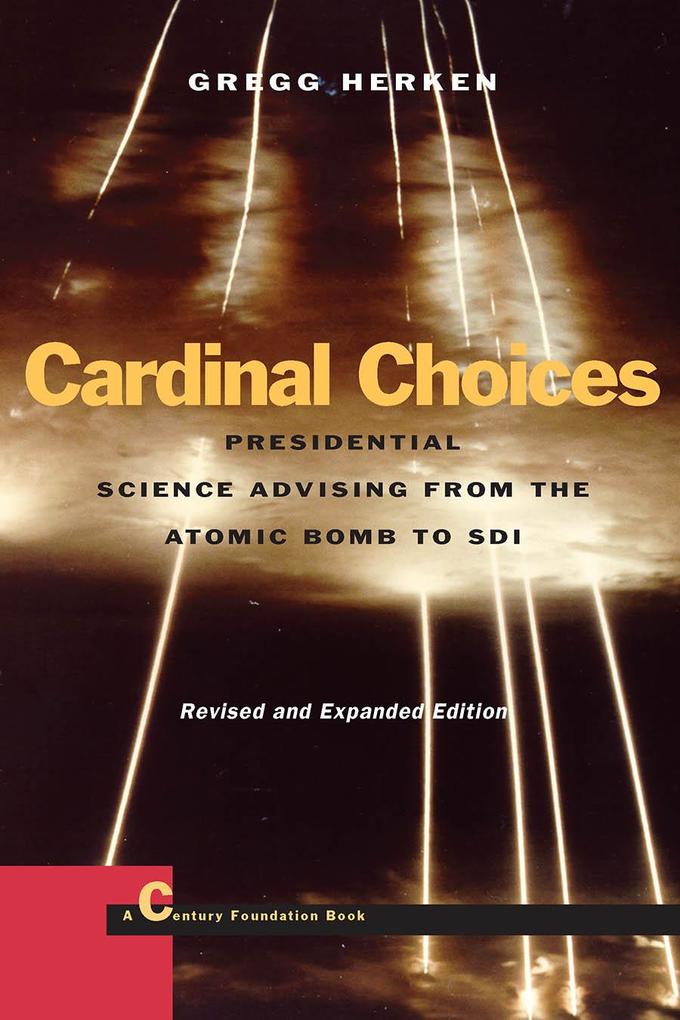
Zustellung: Mi, 30.07. - Mo, 04.08.
Versand in 2 Wochen
Versandkostenfrei"This is an important book. . . . One strength of the work is its thoroughness in tracing the steps at which science advice has influenced momentous decisions. Another is how it delineates the gradual erosion in the impact of science advice. . . . There are many other lessons to learn from reading the book carefully, and I strongly recommend it." --Wolfgang K. H. Panofsky, Physics Today
Inhaltsverzeichnis
Part I. Urgent Appeals, 1939-1952: The Advent of Nuclear Weapons: 1. A closely knit group of people: the decision to build the atomic bomb; 2. No acceptable alternative: the decision to use the atomic bomb; 3. Necessarily an evil thing: the debate over the H-bomb; 4. A point of no return: the opportunity for a nuclear 'standstill'; Part II. Fragile Hopes, 1953-1960: The Impetus Towards Arms Control: 5. Racing toward catastrophe: atoms for peace and war; 6. An age of danger... from the Killian report to Sputnik; 7. A vested interest in this field: the President's science advisory committee and the test ban; Part III. Guarded Futures, 1961-1988: The Perils and Promises of New Technology: 8. 'Where a fresh start is badly needed: politics and science in the Kennedy administration; 9. A nation cannot be built with gadgets: Johnson, Hornig, and the Vietnam war; 10. No longer as adviser but as citizen: the crisis of science advising under Nixon and Ford; 11. We want you to know of our judgment: science and conflict in the Carter administration; 12. The president doesn't care about wavelengths: the Reagan revolution and the origins of SDI; Conclusion: speaking the truth to power; Appendixes; notes; Bibliography; Index.
Produktdetails
Erscheinungsdatum
01. September 2000
Sprache
englisch
Seitenanzahl
376
Autor/Autorin
Gregg Herken
Verlag/Hersteller
Produktart
kartoniert
Gewicht
494 g
Größe (L/B/H)
227/153/24 mm
ISBN
9780804737708
Bewertungen
0 Bewertungen
Es wurden noch keine Bewertungen abgegeben. Schreiben Sie die erste Bewertung zu "Cardinal Choices" und helfen Sie damit anderen bei der Kaufentscheidung.








